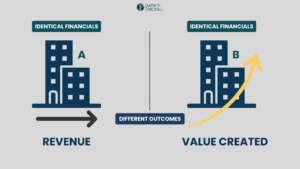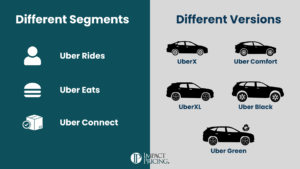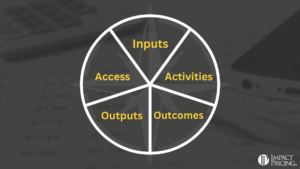Whoever is in charge of pricing at your company should have a pricing roadmap. You’ve probably never even heard of a pricing roadmap, why would you possibly need one?
What is a Pricing Roadmap?
First, a pricing roadmap describes what actions around pricing we plan to take in the next month, quarter and year. These may be things like, raising or lowering prices, changing sales compensation, changing discount authority levels and escalation policies, changing which features go in good, better, best, changing the pricing model, changing the quoting system, and many more.
Now that you look at that list, the need for a pricing roadmap may become obvious. Here are two undeniable truths:
-
Many people in your company care deeply about price and
-
Changes in these pricing levers affect many people inside your company.
You probably have a product roadmap. Why do you need one of those? Because, you need to coordinate everybody inside your company around new product and feature launches. Product management, marketing, customer support, accounting, IT, etc. all must be ready at launch.
The exact same thing is true for most pricing changes. Product management, marketing, webmaster, accounting, finance, IT, sales, etc. all must be ready as well. The big reason is to coordinate the activities of every department so you can launch new features and products with impact.
“Why don’t you have a pricing roadmap?”
A pricing roadmap, just like a product roadmap, lets all of the interested parties be informed on what you are doing when. They may even have some necessary deliverables to make the change impactful.
In subscription businesses, you should be regularly visiting the price level and the three key value levers: market segments, pricing metrics, and packaging. After all, you frequently release new features, they could impact any of these three levers.
Given that pricing affects so many people and departments and you should be pricing regularly, the real question is, “Why don’t you have a pricing roadmap?”
**NOTE: Mark will participate in the conversation about this post on LinkedIn which you can get to here.














